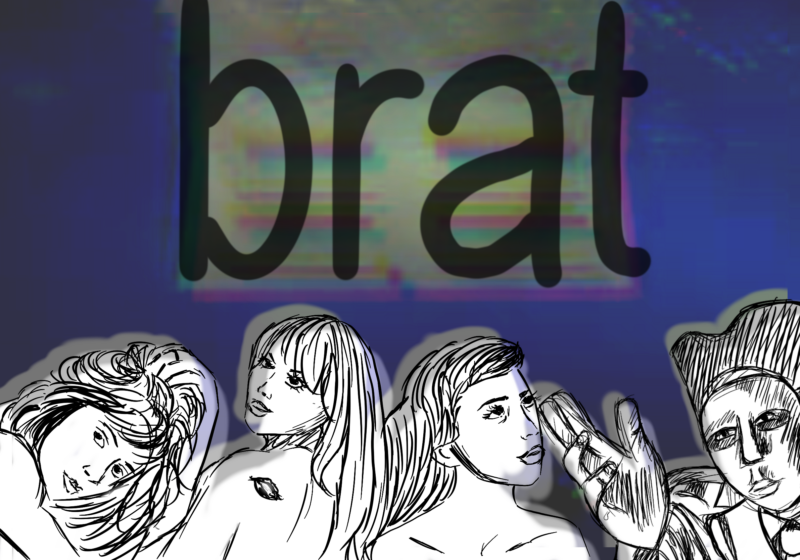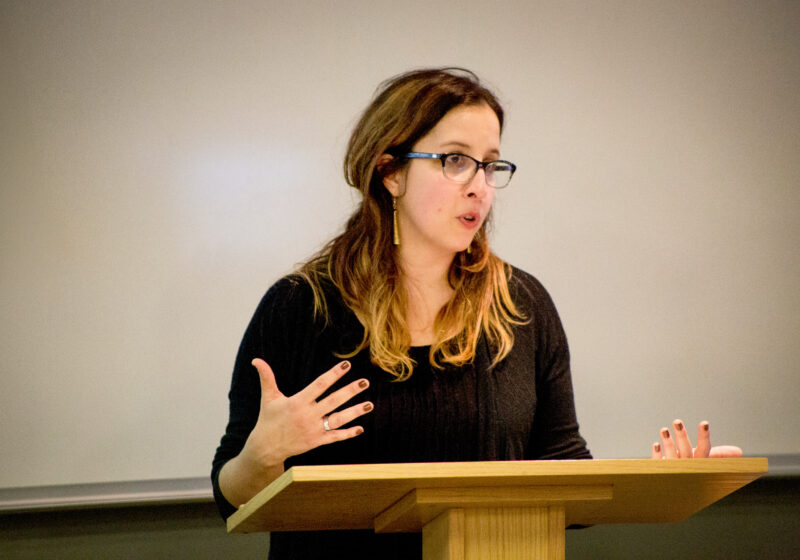Since the days of the Minimalists and the Beatles, western musicians have been inspired by non-western sources ranging from Ravi Shankar to African drumming.
In many cases, however, the reverse is also true ? composers in non-Western countries are frequently influenced by Western art music.
Ossia’s upcoming concert, this Friday night at 8 p.m. in Kilbourn Hall, highlights the work of Japanese composer Joji Yuasa, whose music is an interesting synthesis of east and west.
The producer of Ossia’s program, senior Justin Caulley, first encountered Yuasa’s music several years ago in a performance of a piece for traditional Japanese flute.
Excited by what he calls the “spaciousness” of Yuasa’s music and its unique blend of Japanese and western influences, Caulley went on to read some of the many articles Yuasa had written about his compositional technique and decided that Yuasa’s music, which is not well-known in the United States, should be performed at Eastman.
Born in 1929 in Koriyama, Japan, Yuasa is a largely self-taught composer. He was educated in Japan and influenced by Japanese composers like Toru Takemitsu, and currently resides in Japan.
According to Caulley, Yuasa’s music is difficult to categorize, fitting best into the category of electronic/tape music, but still being incredibly varied.
Caulley says that Friday’s program is “strong because of its variety.”
The program will include two “musique concrete” works for pre-recorded tape, “Projection Esemplastic for White Noise” ?1964, “A Study in White” ?1987, and four acoustic works, “Inter-Posi-Play-tion II” for flute, harp, and percussion ?1973, “Territory” for flute, clarinet, bass, and two percussionists ? 1977, “Mutterings” for soprano and eight players ? 1988, and “Solitude in Memoriam T.T.” for violin, cello, and piano ? 1997.
According to Caulley, the most accessible pieces on Friday’s program, which will be performed in roughly chronological order, are Yuasa’s most recent compositions. The piano trio, he says, is rather expressionist in character, much like the early works of the second Viennese school.
Caulley adds, however, that the music should “speak for itself” and not be aided by too much characterization or description. The variety of pieces from throughout Yuasa’s career, Caulley hopes, will give a multi-faceted view of this interesting and under-played composer.


